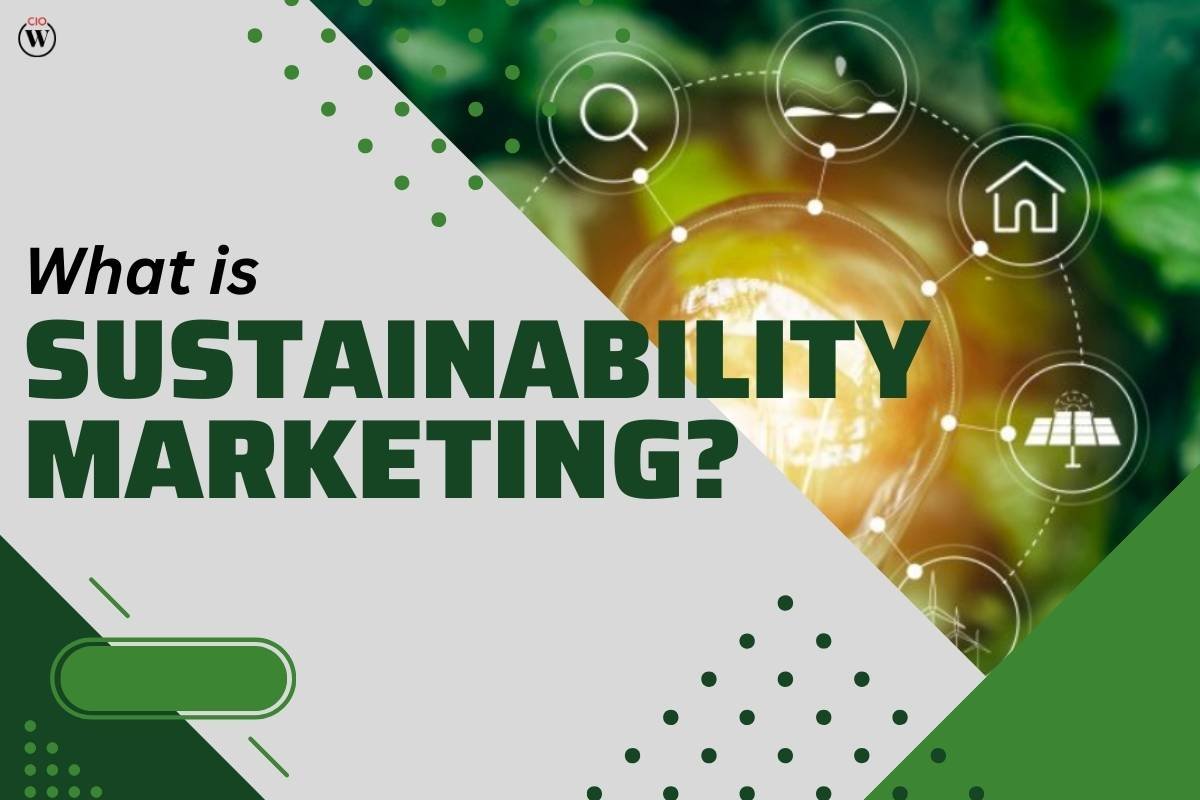In an era where environmental concerns are at the forefront of global discourse, sustainability marketing has emerged as a powerful tool for businesses to not only do their part in preserving the planet but also gain a competitive edge in the market. Sustainability marketing is more than just a trend; it’s a reflection of changing consumer values and a genuine commitment to eco-friendly practices. In this article, we will explore what sustainability marketing is, why it matters, and the strategies businesses can employ to establish an eco-friendly brand.
Understanding Sustainability Marketing
Sustainability marketing, often referred to as green marketing or eco-marketing, is a comprehensive approach that involves integrating environmental and social responsibility into a company’s business operations, products, and marketing efforts. The core idea is to balance economic goals with ecological and social responsibilities. It aims to create value for both the company and society, demonstrating that profitability and sustainability can coexist harmoniously.
Why Sustainability Marketing Matters
- Consumer Demand:

One of the primary driving forces behind the rise of sustainability marketing is the increased demand for eco-friendly products and services. Consumers are becoming more conscious of the environmental impact of their purchases. A Nielsen survey found that 81% of global respondents felt strongly that companies should help improve the environment.
- Regulatory Pressure:
Governments and regulatory bodies around the world are tightening environmental regulations. Companies that do not align their operations with sustainable practices risk incurring fines, damage to their reputation, and even legal action.
- Competitive Advantage:
Brands that embrace sustainability marketing have a significant advantage in a competitive market. They attract a more environmentally-conscious customer base and often experience higher customer loyalty and increased market share.
- Cost Savings:

Sustainable practices, such as reducing energy and water consumption or using recycled materials, can lead to cost savings in the long run. Sustainability marketing, therefore, contributes to a company’s bottom line.
Strategies for Effective Sustainability Marketing
- Define Clear Sustainability Goals:
The first step in sustainability marketing is to establish clear and measurable sustainability goals. These goals should align with your company’s values and mission and be relevant to your industry. For example, a beverage company might set a goal to reduce plastic waste by a certain percentage over the next five years.
- Transparency and Authenticity:
It’s essential to be transparent in your sustainability efforts. Communicate your progress honestly, even when facing setbacks. Authenticity is key. Greenwashing, or the practice of exaggerating or falsely claiming eco-friendly efforts, can be detrimental to your brand’s reputation.
- Product Innovation:
Invest in the development of eco-friendly products. Consider using recycled materials, reducing packaging waste, and designing products with a longer lifespan. Patagonia, for instance, is known for its commitment to sustainability through the use of recycled materials and a “Worn Wear” program encouraging product longevity.
- Education and Awareness:
Educate both your employees and consumers about your sustainability initiatives. Internal buy-in is crucial, and informed employees can be powerful brand advocates. Educating consumers about your sustainability efforts fosters a sense of shared responsibility.
- Supply Chain Sustainability:
Assess and improve the sustainability of your supply chain. Work with suppliers who share your values and encourage them to adopt eco-friendly practices. This extends your commitment to sustainability beyond your company’s walls.
- Energy Efficiency and Waste Reduction:
Implement energy-efficient practices within your facilities. Invest in renewable energy sources and minimize waste. Unilever, for example, aims to achieve 100% renewable energy use in its operations by 2030.
Engage in socially responsible initiatives that benefit your community and the environment. This can involve supporting local charities, organizing environmental clean-up efforts, or contributing to conservation causes.
- Green Packaging:

Reconsider your packaging materials. Opt for recyclable or biodegradable materials and reduce unnecessary packaging. Eco-conscious packaging choices can significantly reduce a brand’s carbon footprint.
- Leverage Technology:
Embrace technology to monitor and optimize your sustainability efforts. Data analytics and IoT (Internet of Things) devices can help track energy usage, waste generation, and more, allowing you to make informed decisions.
- Certifications and Labels:
Seek relevant sustainability certifications, such as Fair Trade, USDA Organic, or Energy Star. These labels can build trust with consumers and serve as proof of your commitment to sustainability.
FAQs about Sustainability Marketing
Q1: What is the importance of sustainability marketing for small businesses?
Sustainability marketing is not exclusive to large corporations. Small businesses can benefit significantly from eco-friendly branding. It allows them to differentiate themselves in a competitive market, attract like-minded customers, and often achieve cost savings through sustainable practices. Furthermore, it can enhance a small business’s reputation and foster community support.
Q2: How can a company avoid greenwashing in sustainability marketing?
To avoid greenwashing, a company should be transparent, honest, and authentic in its sustainability marketing efforts. Make sure that any claims about eco-friendliness are backed by verifiable data. Consider obtaining third-party certifications to lend credibility to your claims. Continuously communicate your sustainability progress, even when facing challenges or setbacks.
Q3: Is sustainability marketing limited to specific industries?
No, sustainability marketing can be adopted by businesses in virtually any industry. While some sectors, such as food, fashion, and energy, have seen more extensive adoption, any business can take steps toward sustainability. The key is to align your sustainability efforts with your industry and be creative in finding eco-friendly solutions.
Q4: How can companies measure the effectiveness of their sustainability marketing efforts?
Measuring the effectiveness of sustainability marketing involves tracking key performance indicators (KPIs) related to your sustainability goals. This may include tracking reductions in carbon emissions, energy consumption, waste production, or increased sales of eco-friendly products. Customer surveys and feedback can also provide valuable insights into the impact of your sustainability marketing efforts.
Q5: Can sustainability marketing benefit the bottom line of a company?
Yes, sustainability marketing can positively impact a company’s bottom line. While there may be initial investments in sustainable practices, such as renewable energy sources or eco-friendly product development, these efforts often lead to long-term cost savings. Additionally, eco-conscious consumers are often willing to pay a premium for sustainable products, increasing revenue and market share.
Q6: Are there global standards or certifications for sustainability marketing?
While there are various global certifications and standards related to sustainability, there isn’t a specific certification for sustainability marketing. However, certifications such as Fair Trade, USDA Organic, Energy Star, and LEED (Leadership in Energy and Environmental Design) can demonstrate a company’s commitment to eco-friendly practices, which can be incorporated into their marketing efforts.
Conclusion
Sustainability marketing is not just a trend; it’s a fundamental shift in the way businesses operate and communicate with their audience. As consumers become more environmentally conscious, companies that embrace sustainability are poised to thrive in the market.
By defining clear sustainability goals, being transparent and authentic, innovating in product design, and investing in supply chain sustainability, businesses can lead the way toward a more eco-friendly future while reaping the benefits of increased customer loyalty, cost savings, and a competitive edge. Embracing sustainability is not just about profit; it’s about creating a better future for our planet and society as a whole.









